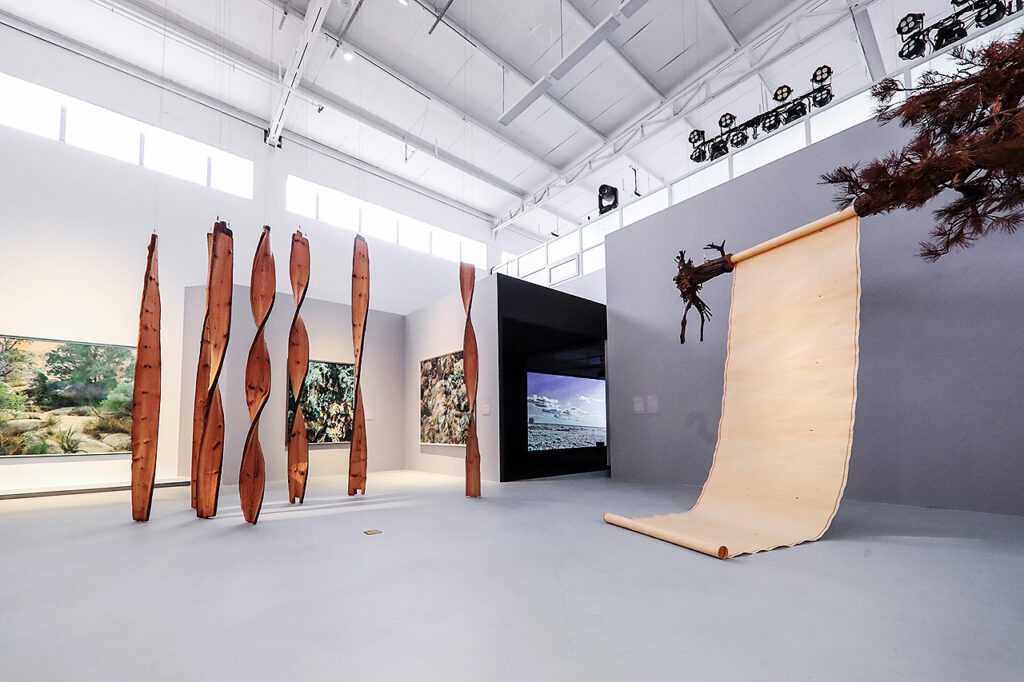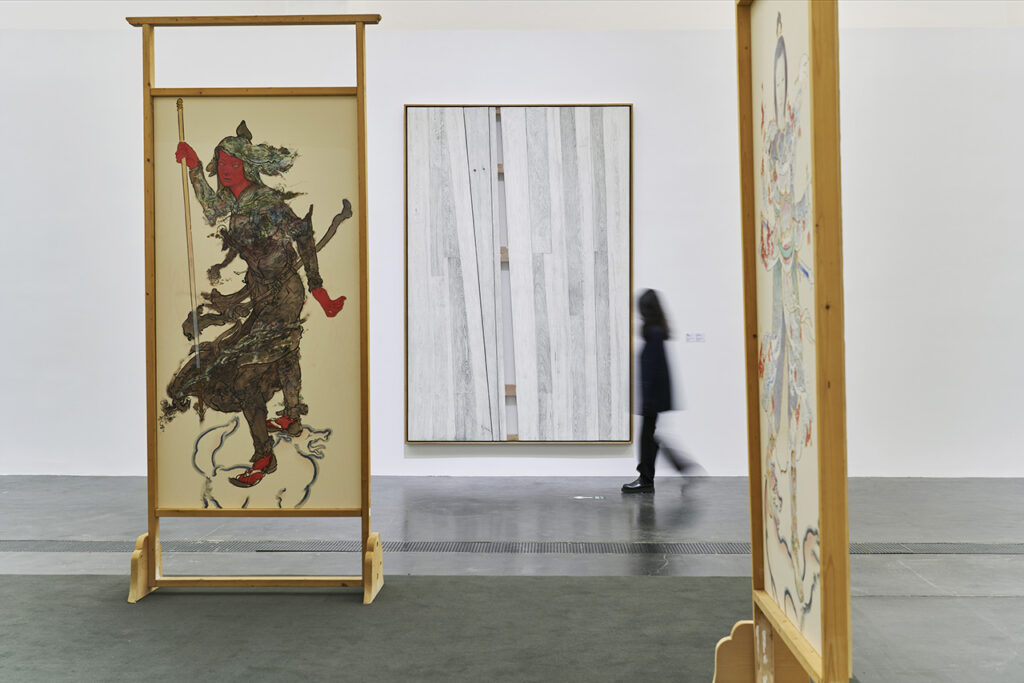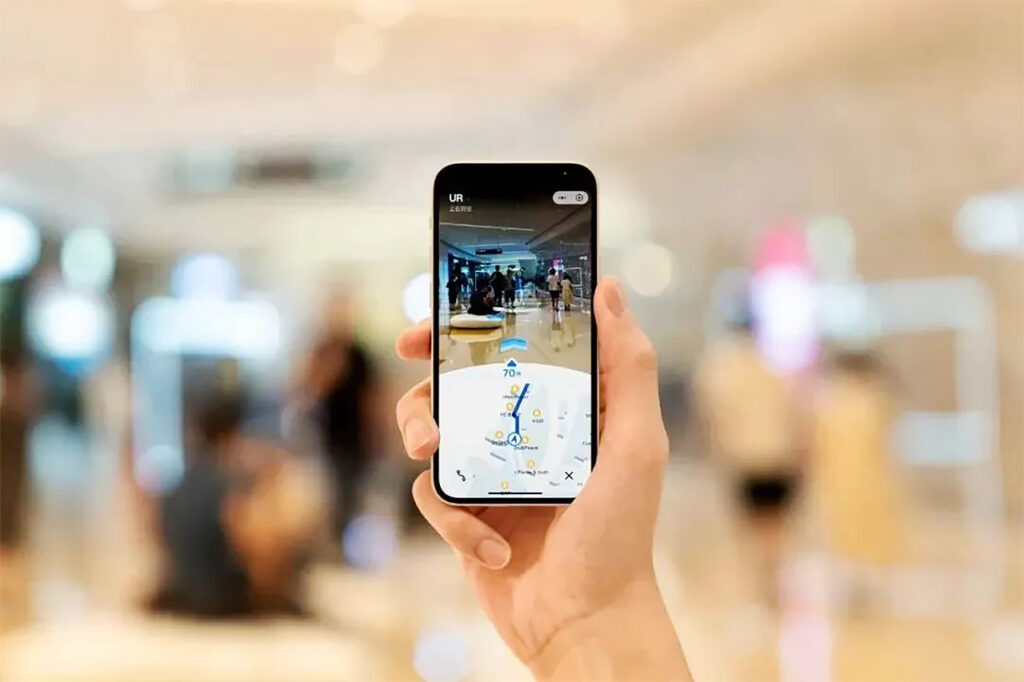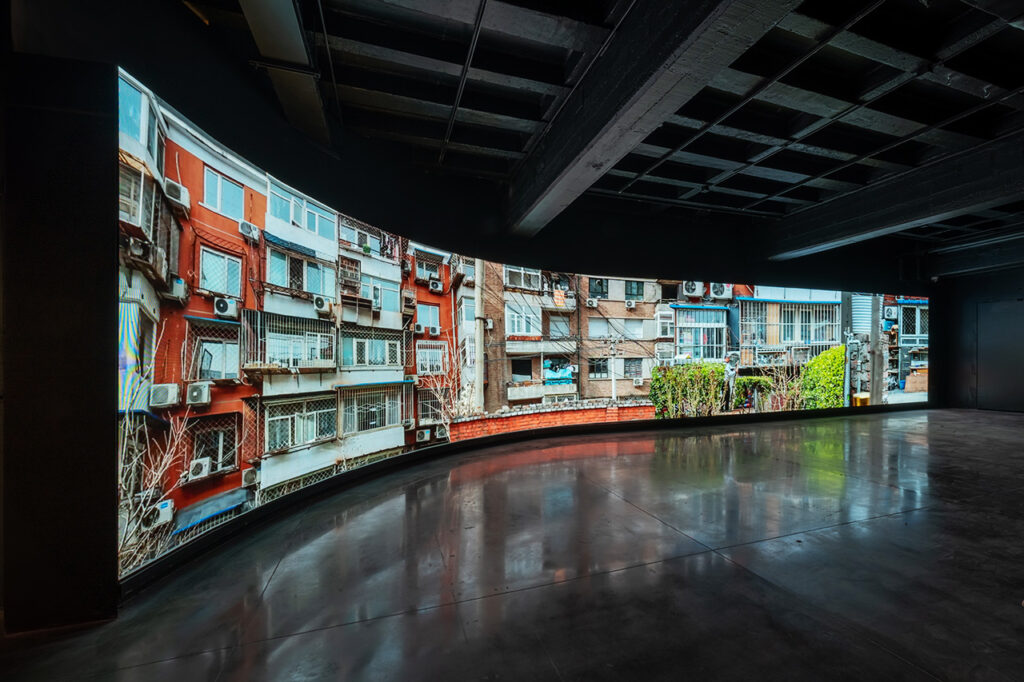China’s zero-COVID strategy may be stringent, but it’s not curtailed the country’s cultural agenda. From June 24 to July 3, Gallery Weekend Beijing (GWBJ) will return with its sixth edition to unveil more than 40 contemporary art exhibitions that will make up one of the city’s largest-scale cultural events.
Emerging following an earlier postponement, this year’s GWBJ is themed “Sharing” and will see galleries across the city hosting exhibitions that highlight the diversity of Chinese contemporary art. In between showcases like Asia Art Center’s spotlight on Chen Shuxia and Tang Contemporary Art’s Luo Zhongli retrospective is the anchoring Special Exhibition, Crosstalk, at the 798 Art Center. Created in partnership with the Beijing Inside-Out Art Museum and the UCCA Center for Contemporary Art, the exhibition features multimedia from installations to sculptures by more than 20 artists working today.


The 2022 edition of Gallery Weekend Beijing features more than 40 exhibitions including ReBirth – Encountering Nature at Choi Centre (above) and Common Ground at UCCA Center for Contemporary Art (below). Images: Courtesy of Choi Centre · Cloud House and UCCA Center for Contemporary Art, photo by Sun Shi
“As one of the first events to reactivate the vitality of China’s contemporary art, we are very much looking forward to presenting an innovative project — a series of activities reconnecting with visitors in Beijing, and highlighting the city’s diverse and vibrant art ecosystem,” Amber Wang, Director of GWBJ, tells Jing Culture and Commerce.
According to Wang, the ongoing lockdowns have spurred a closer working relationship between the art fair and its partners, but have also prompted agile adaptations on the part of GWBJ. From activations on Douyin to hybrid experiences to a focus on the emergent fields of digital art and the metaverse — the event’s programming forefronts the thinking and transformations of our post-COVID moment. The sum of these activities, notes Wang, “has also given the theme of ‘Sharing’ a whole new meaning.” Below, she shares more about how the fair has adapted to the challenges of COVID-related lockdowns as much as the opportunities of Web3.
How has GWBJ pivoted its strategy or programming in the face of the challenges posed by ongoing lockdowns in Beijing?
We have adopted the strategy of holding simultaneous online and offline events, and carried out multiple preparations for our programs, which allows us to be more flexible. In the face of new crises, we quickly shifted our plans online, including hosting virtual exhibitions and parties in collaboration with Douyin. Although the preparation time was very short, the response to these activations was very good, attracting nearly 7 million online views.

The AR Art Map by Gallery Weekend Beijing enables users to locate the event’s locations and activities through a mobile application. Image: Gallery Weekend Beijing on WeChat
Could you share the other digital tools that the fair is using in this edition?
We’ve launched the VR exhibition hall this year, not only to allow those who cannot visit in-person to watch our content, but also to offer us ideas and guidance in future exhibitions. We have also launched an AR Art Map. Because the participating art and cultural institutions are scattered all over the city, the AR Art Map will help people find these locations more efficiently and smoothly. In addition, we have a free audio guide not only to give the audience a standard description of the artworks, but to stimulate and guide their thinking, perspective, and interpretations.
As NFT art and metaverse have grown in popularity over the past two years, how is GWBJ planning to explore these fields?
One of our sponsoring partners this year is the digital art platform Dayou Art (大有艺术), which will host a metaverse-themed immersive exhibition, creatively combining art and technology. We will also set up some spots on the street to offer metaverse experiences, and display and distribute some NFT works to the public during the event.
On the whole, we are closely observing developments in the field, but we will carefully consider industry applications of NFTs and the metaverse. It is also necessary to consider the connection between NFT and physical art, the distinction between artwork and technology, and how NFTs can be combined with art. In my opinion, to bring these emerging technologies into the art industry, there must be a logical connection point. For us, that connection rests in how it can advance the art industry. If that is established, we will not rule out doing similar projects.

Installation view of Balcony of the Brave at Hyundai Motorstudio Beijing, featuring Qiu Yu’s “The Merging Place.” Image: Courtesy Hyundai Motorstudio Beijing
How do you view GWBJ’s role in China’s contemporary art and culture scene?
At present, I think art education and the fostering of contemporary art in China is still lacking, which also represents huge potential. Many people are actually very interested in contemporary art and culture. They want to know what artists are doing and what the cultural community is discussing, but they lack a platform to provide them with this information. At the same time, there’s naturally a barrier between art circles and the public. We hope to provide the public with the opportunity to bettter understand contemporary art and culture.
What is your vision of GWBJ in five years’ time?
By that time, Gallery Weekend Beijing has to be the most important contemporary art event in Beijing, attracting people from all over the world to see and learn about Beijing’s contemporary artists and galleries. The fair will also reach new heights with more high-quality content and resources. For example, we may have new technologies to offer different forms of display. But most importantly, it will be a worldwide cultural feast, bringing together the most representative voices in an approaching era when viewing exhibitions will be as much a need as a want.
Translated by Min Chen



